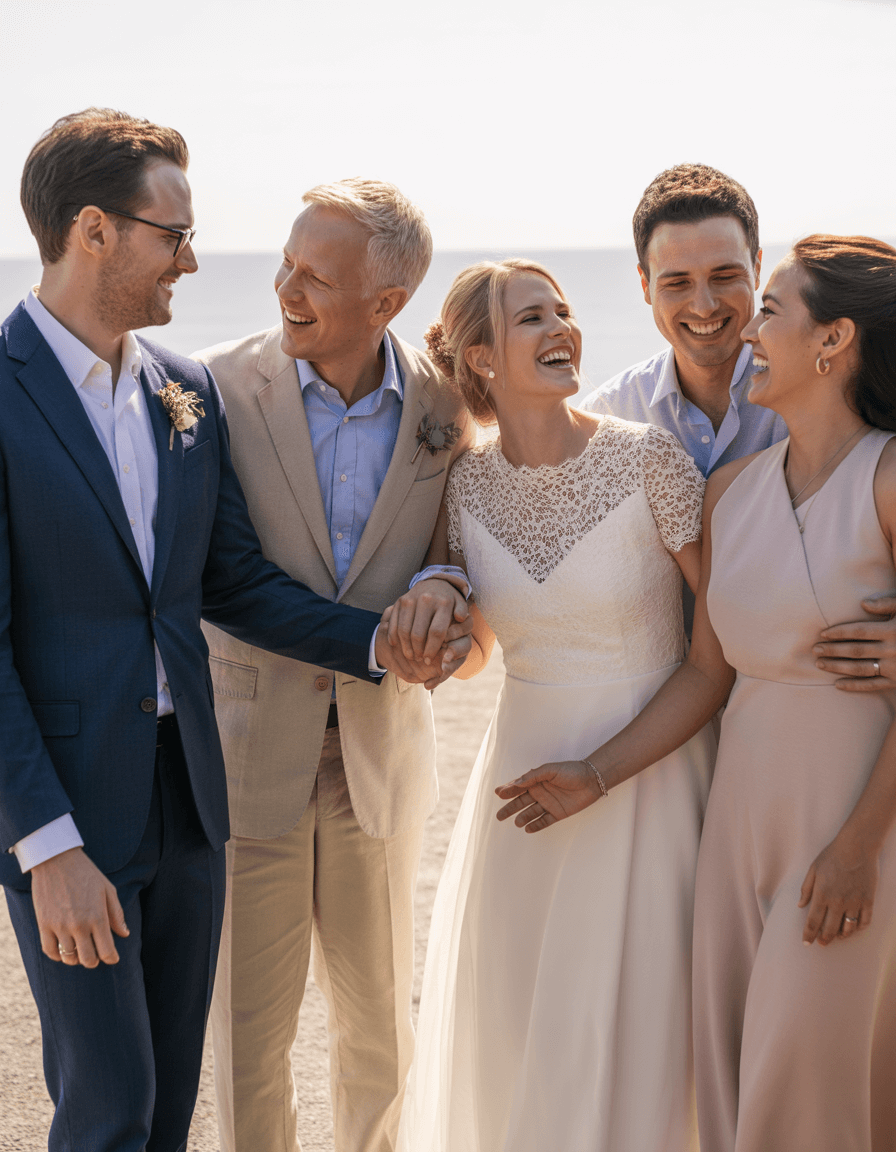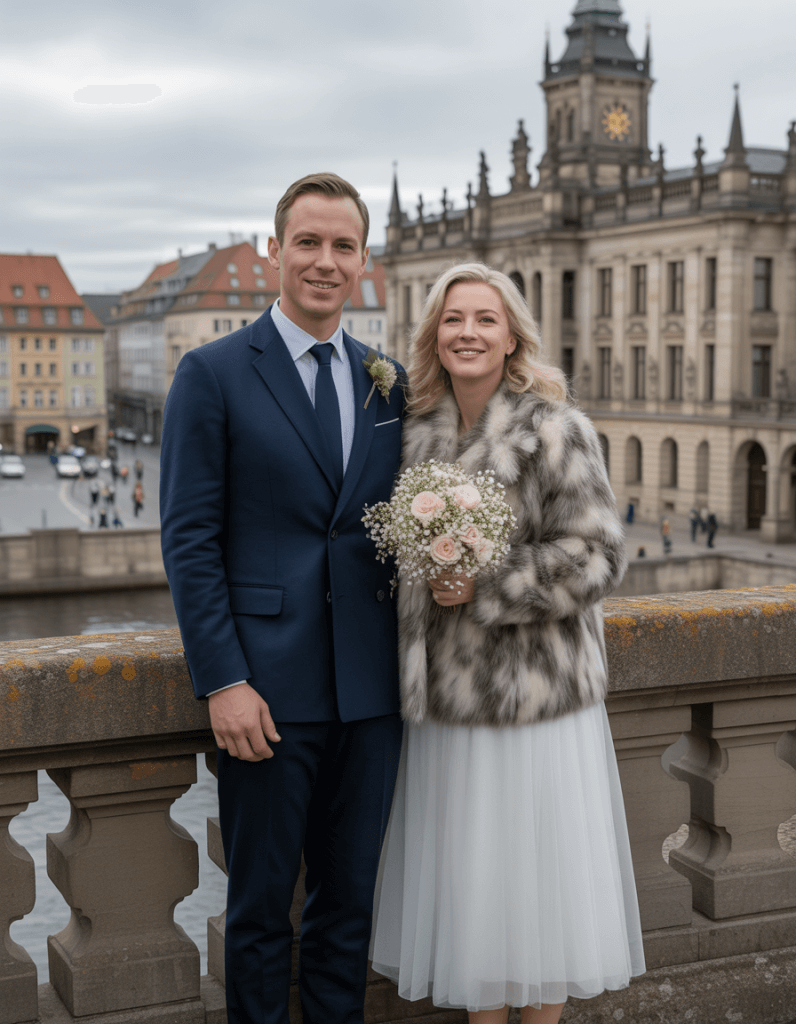Marriage trends have shifted significantly over the past decades, influencing the average age of those tying the knot. Understanding the average age people get married provides insights into societal changes, economic factors, and personal priorities. Whether considering first marriage or remarriage, people today are marrying later in life compared to previous generations.
Current Statistics on Marriage Age
According to recent studies, the average age of men at first marriage is slightly higher than that of women. Men typically marry in their late 20s to early 30s, while women often marry in their mid to late 20s. These trends reflect changing social norms, educational pursuits, and career ambitions.
The average age of marriage varies across the states. For example, states like Massachusetts and New York report higher ages for first marriage due to urban lifestyles and career-focused populations. Meanwhile, southern states often see slightly younger average ages, influenced by cultural and family traditions.
Factors Influencing the Average Age of Marriage
- Education and Career Goals
Many individuals prioritize completing higher education and establishing careers before marrying. This often leads to marrying later in life, particularly among people pursuing advanced degrees or competitive professions. - Stabilità finanziaria
The desire for financial security plays a role in determining the timing of marriage. Couples often wait to accumulate savings, buy a home, or achieve career milestones before committing to marriage. - Personal Readiness and Relationships
Emotional maturity and finding the right partner are significant factors. People may delay marriage to ensure compatibility, deepen relationships, and strengthen trust before taking this step. - Cultural and Regional Influences
Unions are also shaped by regional and cultural expectations. Certain communities encourage early marriage, while others embrace marrying later as a personal choice.
Differences Between Men and Women
Data shows that men generally marry slightly later than women. This difference can be attributed to societal expectations and individual career trajectories. Women often balance education, career, and personal goals, influencing the timing of their first marriage. Men, on the other hand, may delay marriage until achieving professional and financial stability.
Trends in First Marriage vs. Remarriage
The average age of first marriage is distinct from subsequent marriages. Remarriages often occur at older ages, reflecting life experience and changing priorities. People marrying later in life may approach marriage with greater focus on compatibility and long-term satisfaction.
Marriage Trends by State
States with large urban centers and higher education levels tend to have higher average ages of marriage. In contrast, rural areas may see younger average ages due to local traditions and family expectations. Tracking these statistics helps understand how population density, career opportunities, and cultural norms influence marital decisions.
Impact of Marrying Later in Life
Marrying later can lead to more stable relationships, as individuals have more time to develop personal growth, financial independence, and emotional maturity. However, delaying marriage may affect family planning and generational dynamics. Balancing personal goals with relationship readiness is essential for long-term marital satisfaction.
Conclusione
Understanding the average age people get married reveals much about modern relationships, societal expectations, and personal priorities. From career and education goals to cultural influences, multiple factors shape when individuals choose to marry. By recognizing these trends, couples can make informed decisions about their own relationships and timing for first or subsequent marriages.













